Notwithstanding the fact that trading foreign exchange on margin carries a high level of risk, the world’s largest market with 24-hour market action is the currency trading market.
There are more than 190 countries in the world with currencies that can be traded, of course, subject to government restrictions. The value of daily foreign exchange trading exceeds the value of annual international trade in goods and services by more than one hundred times.
The cumulative share in daily currency trading of the top ten currencies is about 180 percent and the rest of the currencies in the world have a share of 20 percent. (Since two currencies are involved in each transaction, the sum of the percentage shares of individual currencies totals 200% instead of 100%.)
As per reports of The Bank for International Settlements, which is an international organization of central banks, these are the top ten traded currencies of the world in 2013.
| Rank | Currency | Country | Share of trade (%) |
| 1 | US Dollar | USA | 87.0 |
| 2 | Euro | Europe | 33.4 |
| 3 | Yen | Japan | 23.0 |
| 4 | British Pound | Great Britain | 11.8 |
| 5 | Aus Dollar | Australia | 8.6 |
| 6 | Franc | Switzerland | 5.2 |
| 7 | Canadian Dollar | Canada | 4.6 |
| 8 | Mexican Peso | Mexico | 2.5 |
| 9 | Yuan | China | 2.2 |
| 10 | NZ Dollar | New Zealand | 2.0 |
|
2The Euro
Even though it was introduced in 1999, the euro became the second highest-traded currency in the world with a 33 percent share in daily transactions.
In 1998, the European Central Bank was established. The euro was introduced in 1999 as the new common currency for 11 Member States including Belgium, Germany, Ireland, Spain, France, Italy, Luxembourg, the Netherlands, Austria, Portugal and Finland. The euro is not the currency of all EU Member States. Denmark and UK have not adopted Euro as their currency and some EU member countries are yet to meet the conditions for adopting the single currency. |
The Japanese YenThe history of the yen goes back to 1871 when it was adopted officially as the Japanese currency by Japan's Meiji government. In 1882, the Bank of Japan was established under the Bank of Japan Act as the country’s central bank. |
The British Pound
The British pound has a share of almost 12 percent in daily currency trades. The official name of the currency is pound sterling. As one of the oldest central banks in the world, the Bank of England was founded in 1694 to act as the government’s banker and debt-manager.
It began issuing notes the same year, where notes had a few lines of engraved text, promising to pay a specified sum at the Bank's premises with spaces for a handwritten date, number, signature, and the name of the payee. |
The Swiss Franc
With over 5.2 percent of daily currency transactions, the Swiss franc takes the sixth spot.
Until the mid-19th century, cantons (states or provinces) and other entities were producing their own currency. The Swiss National Bank was established after the introduction of the Federal Act on the Swiss National Bank in 1905. In 1910, the Swiss National Bank received its monopoly position in issuing money. |
The Canadian Dollar
As the #7 currency in the world, the Canadian dollar has 4.6 percent share in daily currency transactions in the world.
The idea that government should issue currency started gaining support in the mid nineteenth century, but it was only in March 1935 that the Bank of Canada officially started its operations as the country’s central bank. | The Mexican Peso
The Mexican Peso has a 2.5 percent share in daily foreign exchange transactions and has been the currency of Mexico since the country got independent in 1821.
But Peso was first introduced into Mexico by the Spanish. Till 1785, it spread over almost all of the North America and gained status as the official currency system including United States. Mexican currency is managed and issued by the central bank of the country i.e. Bank of Mexico. |
Source:
http://www.cbc.ca/news/business/chinese-yuan-among-top-10-most-traded-currencies-1.1703612
You may also like to read
Currency crisis in the Emerging Markets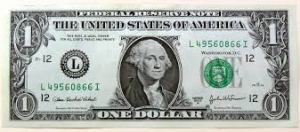

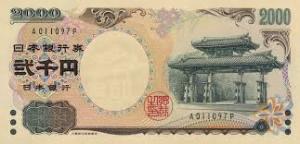
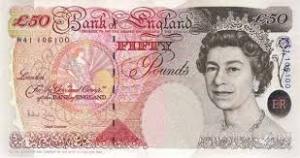


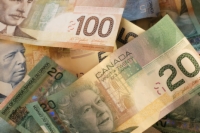
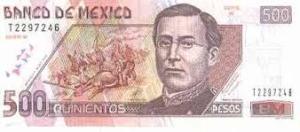

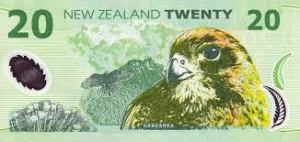
No comments:
Post a Comment